In July of 2012 a loggerhead turtle was found by Alnitak’s research vessel Toftevaag entangled and drowning in a ghost net, two nautical miles west of the National Park of the Cabrera Archipelago. The crew of Toftevaag managed to rescue the turtle in time and released her back with a NOAA NMFS satellite transmitter and the name “Hermes”.
The transmitter was active for close to a year, sending over 80,000 valuable transmissions of high-quality data that was crucial for solving an important problem of bycatch in the Mediterranean longlining fishery. Satellite tracking data provides us with valuable information on the turtle for up to one year, helping us understand details on their ecology. Thanks to data on dive patterns, integrated in the ICTS SOCIB Ocean Observation and Forecasting Systems, operational changes were made in the depth of longlining hooks in the Spanish fleet targeting swordfish that has saved over 150,000 turtles per year since 2008.
Usually tags fall off and are lost forever, but Hermes’ case is quite special. Scientists of Alnitak, SOCIB and NOAA did not expect that his tag would be recovered three years later in Florida, when Hermes was rescued by the “in–water research team” of a nuclear power plant off Melbourne Beach. The tag was still stuck on the turtle and Wildlife Computers were able to recover the serial number and contact the Alnitak / NOAA / SOCIB research team. This curious anecdote happened just while a delegation of Spanish fishers, teachers and scientists were visiting Florida, having been invited by the US Fish and Wildlife Service to thank them for their efforts in reducing sea turtle bycatch.
Known for its large head and blunt jaws used to feed on hard-shelled prey, loggerhead turtles are the most abundant species of sea turtle that nest in the United States. The species is found worldwide and has nine distinct population segments that are listed as threatened or endangered under the Endangered Species Act. In the U.S., the species’ Northwest Atlantic Ocean distinct population segment nests primarily along the Atlantic coast of Florida, South Carolina, Georgia, and North Carolina, and along the Florida and Alabama coasts in the Gulf of Mexico.
So what was Hermes doing in the Mediterranean?… hatchlings emerging from their nest at Melbourne beach undergo frenetic crawl and then swim to offshore waters where they enter the Gulf Stream and deep waters that mean safety. Most of these hatchlings will end up in the Sargassum Sea, but many will be taken across the Atlantic Ocean to the Macaronesian Islands, and some will be absorbed by the Mediterranean, where the Alboran Sea Gyres will take them to the Algerian basin and Sicily Channel that will be a critical foraging habitat where they will spend over a decade growing from juveniles to sub adults. In these waters, over 75% of the turtles are of the NW Atlantic nesting population, but we can also find loggerheads of the SW Atlantic and Mediterranean DPS. When Hermes passed through the Straits of Gibraltar its carapace was probably less than 20cm long. The day Hermes was rescued in Cabrera, the carapace length was over 75cm, a size that often coincides with the turtle’s biological clock telling them to head west to exit the Mediterranean and cross the Atlantic to start its reproductive life stage. After arriving in Florida, Hermes has been nesting on Melbourne beach in two-year cycles, producing some 2,500 eggs.
Hermes is quite a lucky turtle overall. First of all, only an estimated 1 in 1,000 hatchings survive to adulthood, but also due to the threats that turtles like Hermes face in the modern Ocean. The species is threatened by loss or degradation of its nesting habitat from coastal development and beach armouring. Nests are vulnerable to predation by native and non-native predators, and hatchlings to disorienting beachfront lighting. In their marine foraging habitat, loggerheads face threats from marine pollution and debris, watercraft strikes, disease, and incidental take from channel dredging and commercial trawling, longline, and gill net fisheries. All in all, it isn’t a great moment to be a sea turtle!
Thankfully in some places there are measures being put in place to protect them. At Melbourne beach, over four decades of sea turtle conservation efforts are showing results and the last seasons have had record turtle nestings. This is where Hermes the turtle arrived to start her reproductive life stage.
In the southeastern U.S., concerted nest-protection and beach-habitat protection efforts are underway for most of the significant nesting areas, and significant progress has been made in reducing mortality from commercial fisheries in U.S. waters with the enforcement of turtle excluder device regulations. Many coastal counties and communities in Florida, Georgia, and South Carolina have developed lighting ordinances to reduce hatchling disorientations. Important U.S. nesting beaches have been and continue to be acquired for long-term protection.
Beyond these protected beaches however, when turtles are in the open sea, they are largely beyond our help. Loggerheads are highly migratory, which severely compromises conservation efforts once they move outside U.S. waters. This is mainly due both legal and illegal fishing activities, which in some countries are causing high mortality of loggerheads from the Northwest Atlantic Ocean distinct population segment. Due to this long-range migratory movement between nesting beaches and foraging areas, long-term international cooperation is absolutely essential for the recovery and stability of nesting populations.
You can find more information about these turtles at:
https://www.fws.gov/species/loggerhead-caretta-caretta
The USFWS “Wildlife without boarders” program…..
The U.S. Fish and Wildlife Service’s International Affairs Program coordinates domestic and international efforts to protect, restore, and enhance the world’s diverse wildlife and their habitats with a focus on species of international concern, including domestic species that extend beyond our borders or are traded internationally. The USFWS envisions a world where all people value nature and conserve living resources for the well-being of life on Earth.
The importance on international network and cooperation for addressing the conservation of pelagic megafauna and the management of global threats to our oceans. Since its establishment, the Marine Turtle Conservation Act has awarded $711,704 in grants to 32 projects around the world to address the most pressing threats faced by sea turtles. Alnitak is one of the organizations that has been supported by the MTCS. Since 2010, the MTCA project “Engaging fishers and navigators in the conservation of marine turtles” has focused on the management of the risk of sea turtle entanglement in fishing gear and especially ghost gear. As a navigator, it is quite likely that you encounter a turtle entangled. At https://www.observadoresdelmar.es/Proyecto/Pesca-Fantasma/19 you can find the information necessary to rescue the turtle. Your help can make a change.


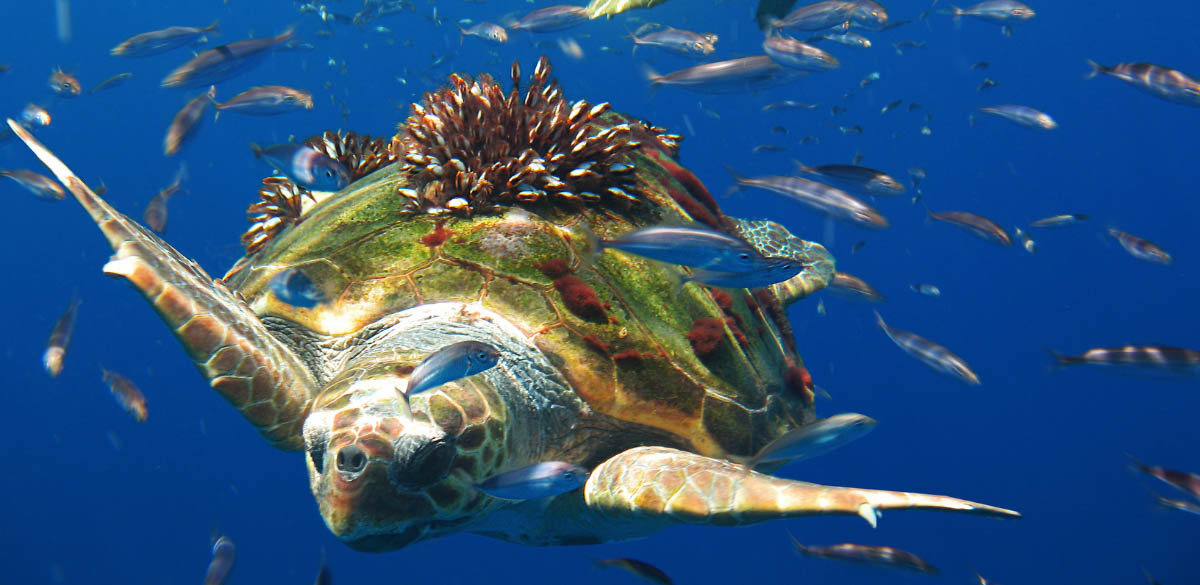




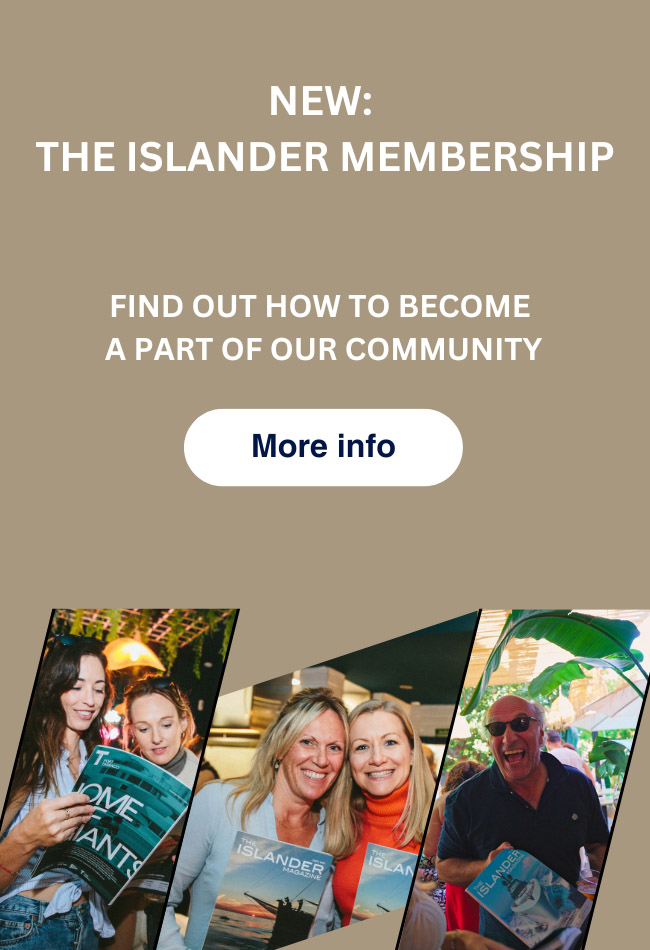
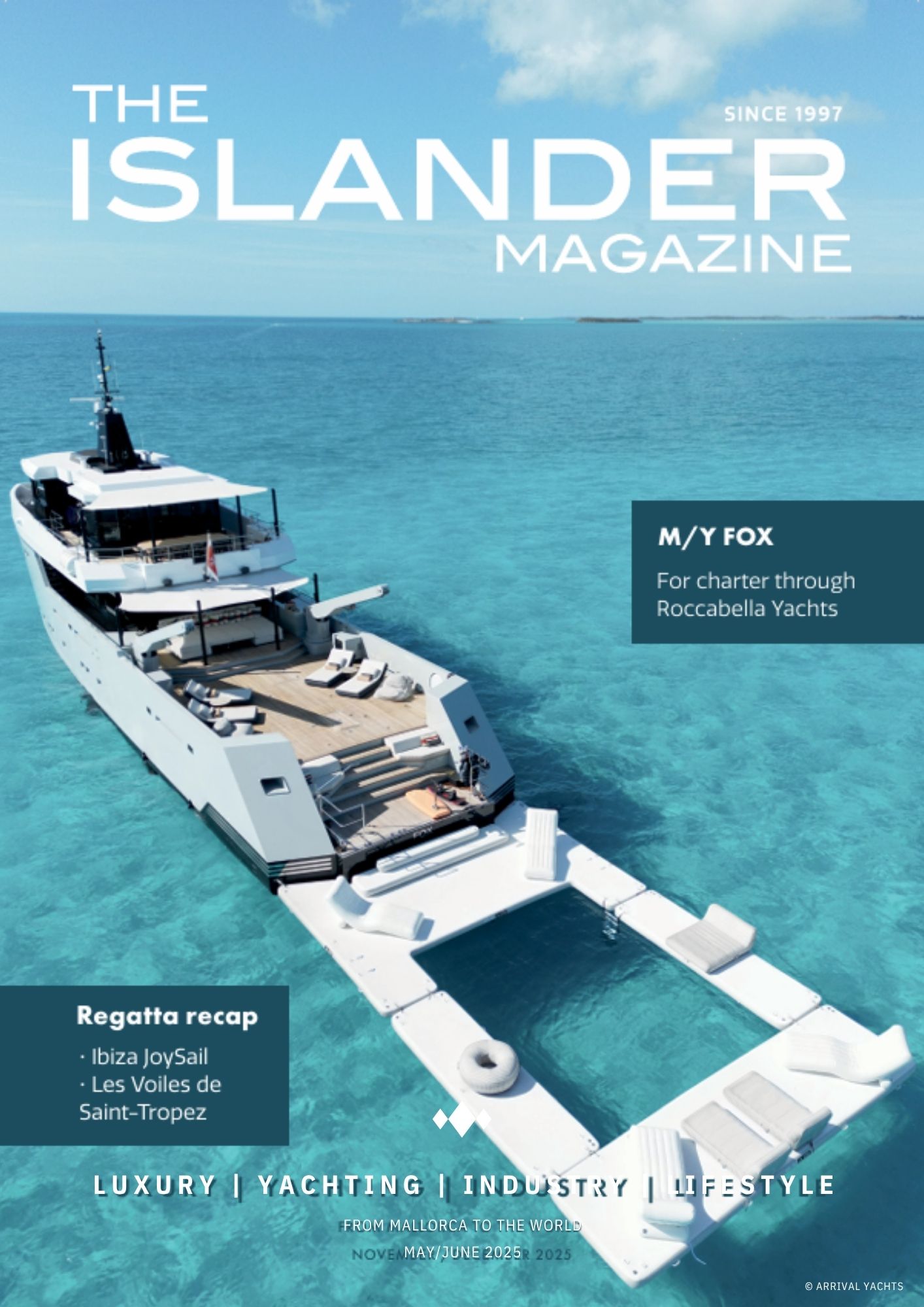










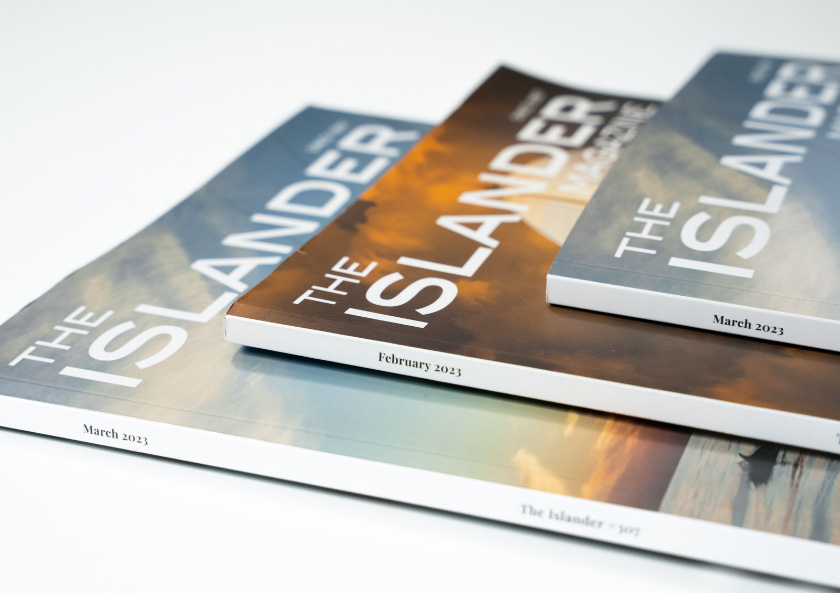
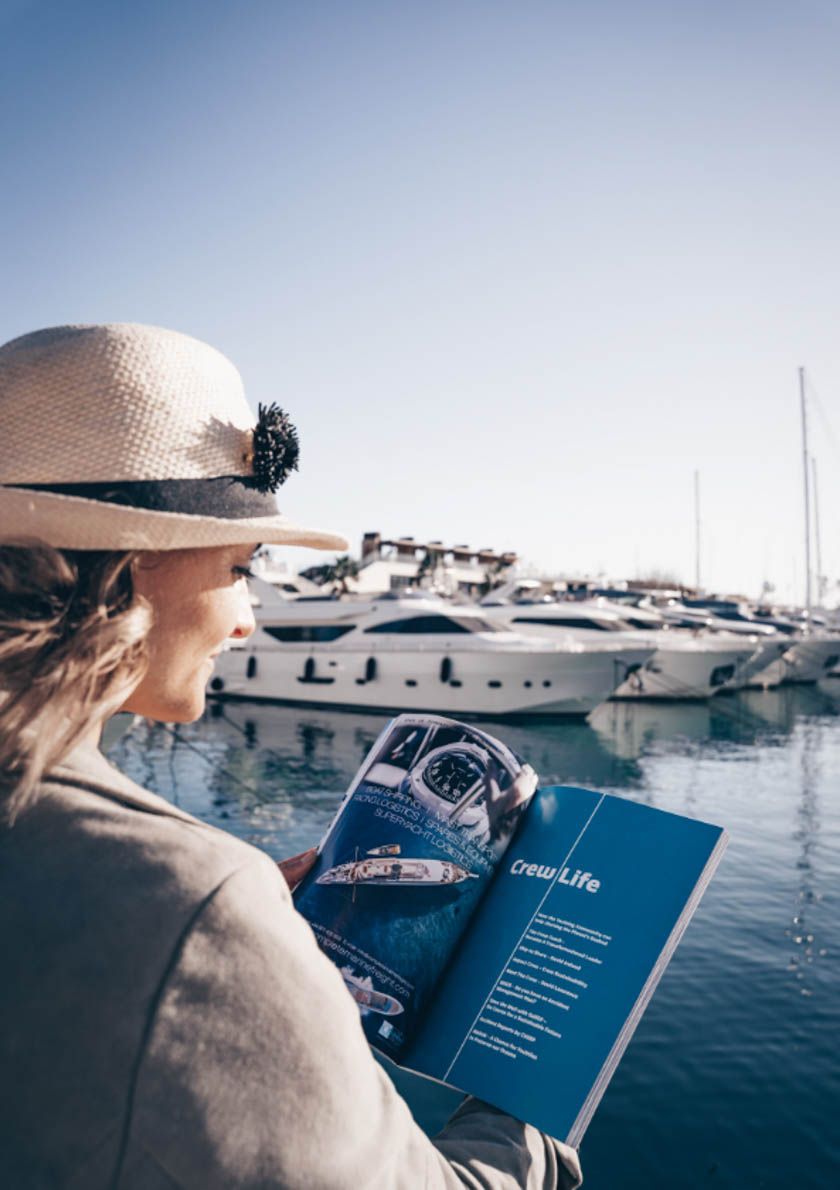







0 Comments